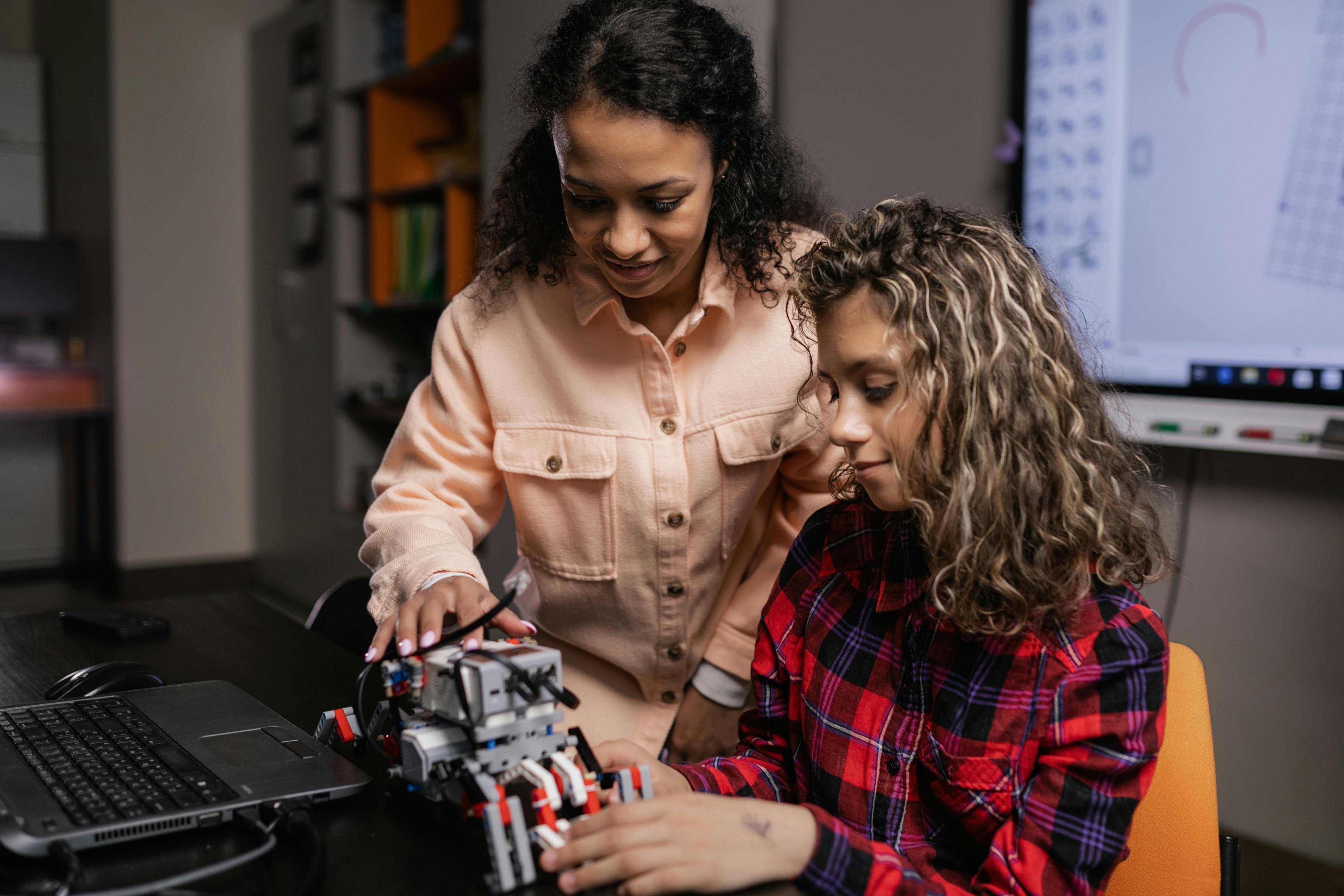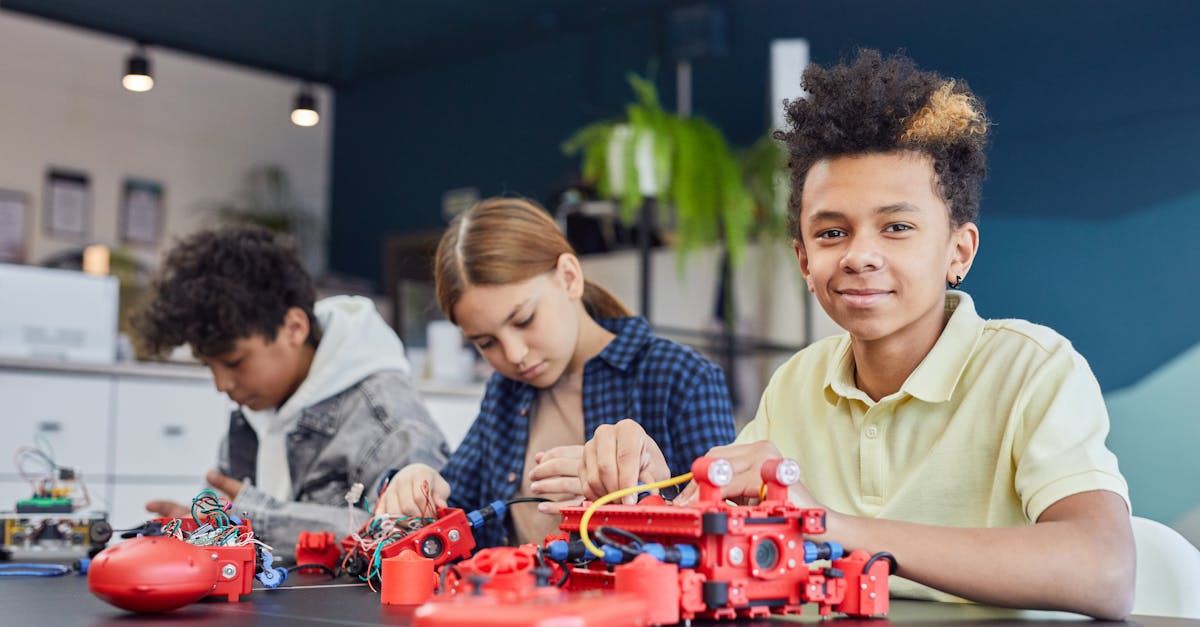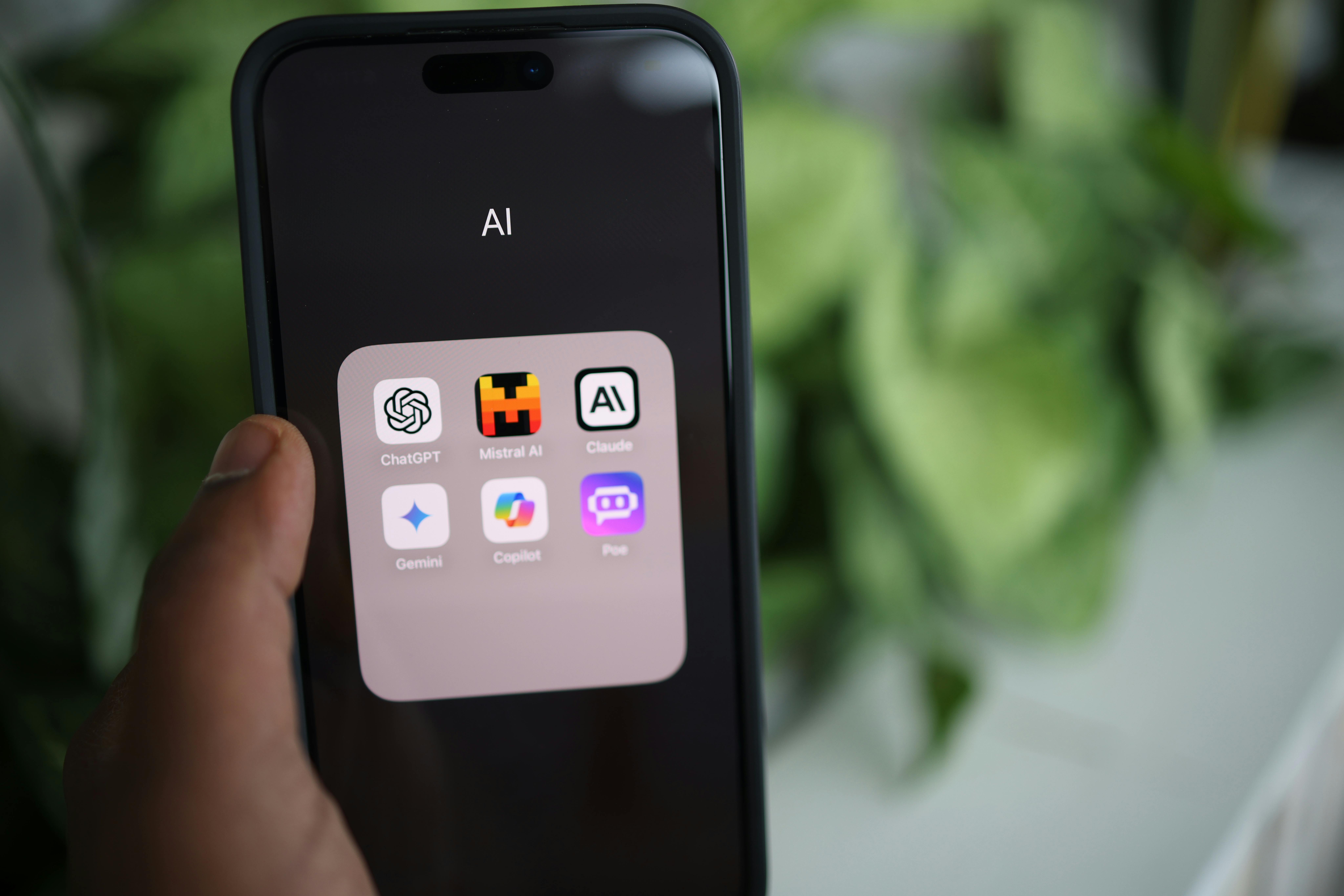Introduction: A New Era of Education
Background Information
With the introduction of computer-assisted learning in the 1980s, the path of AI and robotics into education started decades ago. Application of technology in educational contexts also developed as it evolved. Smartboards and interactive software were introduced in the 2000s; customized learning platforms that catered to the needs of each student were introduced in the 2010s. AI was being employed by 2020 to give real-time feedback, and robots were helping teachers in a variety of ways. Continuous evolution has resulted in the broad acceptance and improvement observed in 2024.
Current Developments
These days, artificial intelligence and robots in education go beyond being new ideas to become essential elements in determining the nature of future learning environments. Assignment grading, individualized learning paths, and even performance prediction are now all possible with AI-driven systems. Teachers may concentrate more on teaching when robotics is utilized to teach coding, support STEM education, and do routine chores. For instance, adaptive learning offered by Coursera and Knewton, two AI platforms, have made great progress in customizing education to meet the needs of each student.

Significant Advances of 2024
In the field of education, artificial intelligence and robotics have made tremendous strides. AI teaching assistants who can respond to student questions instantly and offer extra materials catered to different learning styles are one major development. Improved robots like Pepper and NAO encourage emotional health and cooperative learning, involving students in novel and fascinating ways. AI-driven platforms may also now produce immersive, virtual reality classroom experiences that go beyond conventional teaching techniques and let students actively investigate difficult ideas.
AI and Robotics’ Educational Benefits
There are many advantages to use robotics and artificial intelligence in the classroom. Among the main benefits is the capacity to offer customized education. To tailor learning experiences and guarantee that every student gets the help they need, AI systems examine data. Increased classroom management and resource allocation made possible by this technology also maximizes the effectiveness of instruction. Additionally, by bringing in interactive and gamified learning experiences, AI and robots raise engagement. Furthermore promoting equality, these technologies offer specialised educational applications and resources to help students with disabilities.
Issues and Things to Think About
Though it has many advantages, integrating robotics and artificial intelligence into education is not without difficulties. Data privacy is still very much a problem because collecting and analyzing student data calls for strict security protocols. An other important problem is the digital divide, which may deepen the gap between various socioeconomic classes since not all students have equal access to cutting-edge technology. To use these new tools, instructors also require the right training and assistance, and ethical issues about the use of AI in educational decision-making processes must be addressed.

Going Forward
In terms of the future, AI and robotics in education seem bright and full of ground-breaking possibilities even after 2024. More developments in AI-driven personalised learning are to come, as systems get even better at identifying and meeting the needs of each student. Classroom settings are probably going to see more and more robotics, which will play roles from administrative support to direct instructional help. Furthermore, as robotics and artificial intelligence (AI) are included into professional growth and lifetime learning, education will keep changing to keep up with technology.
Conclusion
Unquestionably, the way that learning is done in 2024 will be different because of the merging of AI and robotics. The advantages of these technologies are many and range from more inclusive and individualized instruction to increased participation and classroom management. Even while issues like the digital divide and data privacy still exist, the continuous progress has a great deal of promise for future educational breakthroughs. Future of education will be defined and the next generation of students and teachers will be shaped by the ongoing evolution of the combination of AI, robots, and education.





